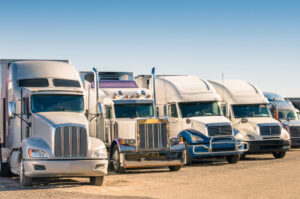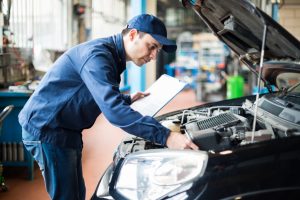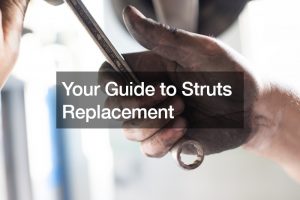Ever since the invention of the automobile, collisions and accidents have always been a pressing issue. As prototypes rolled off from factories, accidents were still a problem among cars, primarily when most models during the early 1900s focused more on having a heavy chassis. That meant that stability while controlling your vehicle was a challenge as crashes became a typical appearance.
Much of the first few decades of the 1900s would only produce a handful of safety measures. However, this wasn’t necessarily the concern that most companies had during that time. By the 1950s, seat belts were invented when studies found out that it can reduce fatal injuries by 45%.
By the 1980s, legislation is being passed by politicians so that electronics were incorporated in safety standards of cars. Mercedes-Benz would premier their cars having airbags that would cushion any fatal injury from crashes.
Because of the latest car safety and technology innovations, traveling using a car has been easier and safer than decades before. But even though almost all car models are explicitly designed to protect the driver inside the vehicle, there is still a multitude of different hazards that can cause fatal injuries.
Although we can focus on how we’ll drive and aspects of the car that we can control, some accidents are not necessarily caused by our driving, but rather, how other people drive. Thus, it’s only rational to prepare emergency tools and equipment if ever such emergencies happen.
Identifying Hazards
But before we get into what are some tools that equipment that we’ll need for our safety when driving, we have to identify potential hazards first when driving.
Accidents
There are 1.35 million accidents that happen around the world. But contrary to what most p
There are different types of accidents:
- Roll-over — As the name suggests, a vehicular rollover occurs because of several circumstances. Most of the time, this can be quite violent. The usual factors that can result in a vehicular rollover come from the road’s quality, condition, and the vehicle. That can also happen because of human error, especially when a driver will veer sharply off the road’s side. There are instances that alcohol consumption influencing this type of accident. Around 85% of this type of accident will only involve one vehicle.
- Single-car Accident — This type of accident will only involve one vehicle. Usually, this is caused by driving under the influence of alcohol, reckless driving, and encounters with wildlife, resulting in the driver veering off the road.
- Read-ended impacts — When a vehicle hits the car in front of them, this is known as a read-end impact. Most of the time, this is the result of tailgating, brake checks, and iced up roads.
- Side impacts — Broadside impacts will usually happen in intersections and areas with a fair amount of blind spots. Compared to other accidents that will usually result in the driver’s death, broadside impacts are generally the top cause of deaths for passengers.
- Head-on Collisions — This type of accident is notorious for causing instantaneous death among drivers. If a driver does survive, they will need to be taken to the ICU as soon as possible.
Mechanical Failure
Mechanical failure is known for causing a good percentage of crashes and accidents. That is mostly caused by faulty transmission, complications with the clutch, steering, and tire explosions. These types of hazards can be prevented by getting your vehicle fixed by a trusted mechanic.
To avoid mechanical failures, we must keep our garage or carport clean and secure from dust and any debris. Having a commercial leaf vacuum can remove unwanted leaves, debris, and dust that might clog up our car’s exhaust and other critical systems.
Tools You’ll Need

When you’re in an emergency, you must bring tools that you can use for any given situation. Some of these tools include:
- An inflated spare tire
- Flashlight and extra batteries
- Compass
- Duct tape
- Raincoat with reflectors
- A first aid kit with aspirin, blanket, scissors, cold compress, tweezers, and antibiotic ointment
- Flares to signal rescue teams
- Ready-to-eat meals
- Fire extinguisher
- Snow shovel, windshield fluids, warm clothing, snow brush
When you’re driving a car, no matter how classy and pricey it might seem, it’s always important to prioritize your safety first. It’s essential to know the land’s lay before you plan your long road trip or doing some off-roading in the countryside. You should also know what your vehicle is capable of handling. Discerning potential hazards and preparing for the terrain that you’re going into can potentially save your life and your passengers’ lives.











